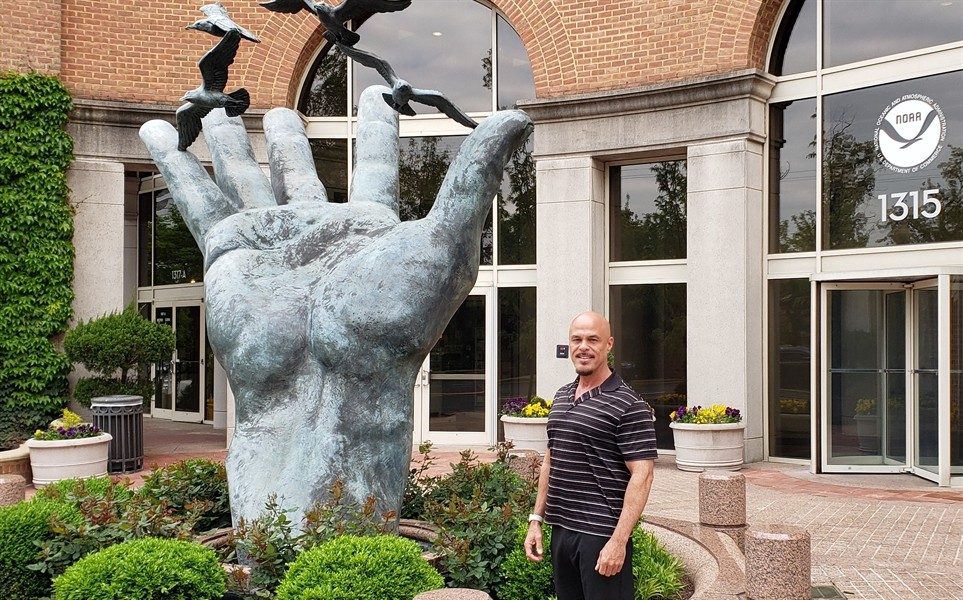John Cortinas, Ph.D., director of NOAA’s Office of Weather and Air Quality, was recently named the new director of NOAA’s Atlantic Oceanographic and Meteorological Laboratory in Miami. He begins the new position on July 8.
“John Cortinas brings proven vision and leadership experience in NOAA to the Atlantic Oceanographic and Meteorological Laboratory where he will lead the lab’s basic and applied research to improve the prediction of severe storms and deliver an enriched scientific understanding of our oceans for all of NOAA,” said Craig McLean, NOAA assistant administrator for NOAA Oceanic and Atmospheric Research.
MOVES RESEARCH TO OPERATIONS
A member of the federal government’s senior executive service, Cortinas has served nine years as director of OWAQ, NOAA Research’s program to improve NOAA National Weather Service products and services for high-impact weather events. In this office, he also oversaw NOAA’s U.S. Weather Research Program (USWRP), the Joint Technology Transfer Initiative (JTTI), and hosted the National Earth System Prediction Capability project office. Cortinas has extensive experience transitioning research to operations, particularly through USWRP and JTTI.
Prior to joining OWAQ in 2010, Cortinas directed NOAA Research’s Cooperative Institute program, overseeing the administration of a program that supported more than 1000 scientists and students at United States universities working with NOAA. In this position, he oversaw administration, grant management, and science policy development for cooperative institutes across the United States and led the development of NOAA’s first Administrative Order governing CIs and its accompanying handbook.
From 1992-2003, Cortinas was a research scientist at NOAA’s Cooperative Institute for Mesoscale Meteorological Studies at the University of Oklahoma, working with scientists at NOAA Research’s National Severe Storms Laboratory to improve winter weather products and services at NOAA’s National Weather Service Storm Prediction Center. In 2000, he became the first CIMMS assistant director of NOAA Relations, overseeing NOAA-supported activities at CIMMS.
ADVOCATE FOR UNDERREPRESENTED IN STEM
Throughout his career, Cortinas has been a passionate advocate for underrepresented groups in science, technology, engineering, and math (STEM). He is a member of several scientific organizations that work to improve diversity within STEM, such as the Society for the Advancement of Chicanos and Native Americans in Science, the National Organization of Gay and Lesbian Scientists and Technical Professionals, Latinos@NOAA, the American Geophysical Union, and the American Meteorological Society (AMS), for which he is currently an elected representative of the AMS Council.
Cortinas grew up in Omaha, Nebraska, and is the oldest of five children. He received a B.S. in Meteorology from Metropolitan State University in Denver, Colorado, and a doctorate in Geophysical Sciences from the Georgia Institute of Technology in Atlanta. Cortinas has authored and co-authored many scientific articles, including a chapter on operational meteorology in the Encyclopedia of Atmospheric Sciences, Academic Press, Vol. 4, and served on numerous American and international scientific working groups and committees.
